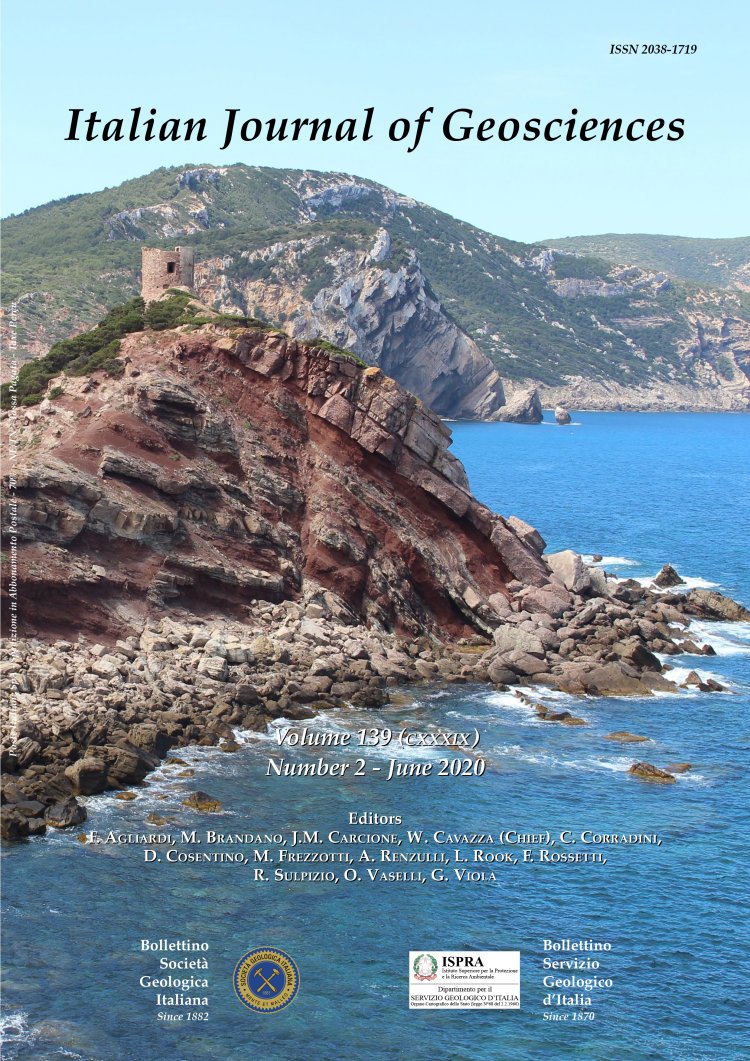
Tetrapod tracks from the Middle Triassic of NW Sardinia (Nurra region, Italy)
Paolo Citton (1), Ausonio Ronchi (2), Umberto Nicosia (3), Eva Sacchi (3,4), Simone Maganuco (5,6), Angelo Cipriani (3), Giulia Innamorati (3), Costantino Zuccari (7), Fabio Manucci (6) & Marco Romano (3)
(1) IIPG, Instituto de Investigación en Paleobiología y Geología (CONICET - UNRN), General Roca, Río Negro, Argentina.
(2) Dipartimento di Scienze della Terra e dell'Ambiente, Università di Pavia, Pavia, Italy.
(3) Dipartimento di Scienze della Terra, Sapienza Università di Roma, Roma, Italy.
(4) Sam Noble Museum, Norman, Oklahoma.
(5) Museo di Storia Naturale di Milano, Milano, Italy.
(6) Associazione Paleontologica Paleoartistica Italiana, Parma, Italy.
(7) Dipartimento di Scienze Biologiche, Geologiche e Ambientali, Università di Bologna, Bologna, Italy.
Corresponding authors e-mail: marco.romano@uniroma1.it
Abstract
Keywords
Get Full Text